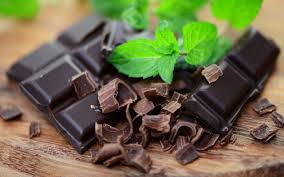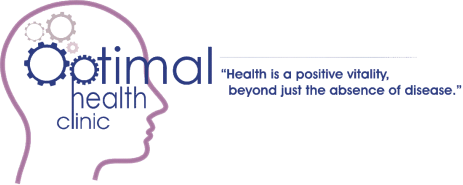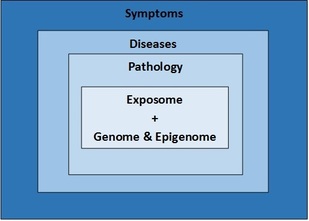
As with almost anything else, it depends. I do recommend dark chocolate (at least 70%) to my clients. I believe, we shouldn’t feel deprived and need to indulge in something gooood from time to time. Hopefully this something gooood is also good for our health. I do always explain and distinguish raw, dark chocolate from the sugar loaded candy ‘chocolate’ bars. It sometimes takes time to train our taste buds but we can fall in love with the good stuff. If we make chocolate at home (so easy!) we can gradually start reducing sweeteners (like honey or a little bit of xylitol) and switch to appreciation of a more bitter taste of dark chocolate and still feel satisfied. There are also good versions available in health food stores nowadays but please always read the ingredients. Not everything bought in health food store, even organic, is indeed healthy. Please read this article by Dr. Mercola to find out about benefits of dark chocolate loaded with polyphenols.
I believe, that dark chocolate can be very beneficial and I do make it at home or buy for my son as a healthy treat. Unfortunately, it doesn’t work for me (sight). I do react to chocolate, even the highest quality one, and develop eczema. It’s not an immediate reaction and it took some detective work to figure it out. It just shows that something I regard as superfood could be quite the opposite at times. I never say ‘this is good’. I say ‘this is good for me’ instead. It’s all about experimentation and finding out what is good for us, what nourishes us and what makes us feel and look the best.
I hope you can enjoy chocolate :)
Happy Valentine’s Day!
I believe, that dark chocolate can be very beneficial and I do make it at home or buy for my son as a healthy treat. Unfortunately, it doesn’t work for me (sight). I do react to chocolate, even the highest quality one, and develop eczema. It’s not an immediate reaction and it took some detective work to figure it out. It just shows that something I regard as superfood could be quite the opposite at times. I never say ‘this is good’. I say ‘this is good for me’ instead. It’s all about experimentation and finding out what is good for us, what nourishes us and what makes us feel and look the best.
I hope you can enjoy chocolate :)
Happy Valentine’s Day!


 RSS Feed
RSS Feed